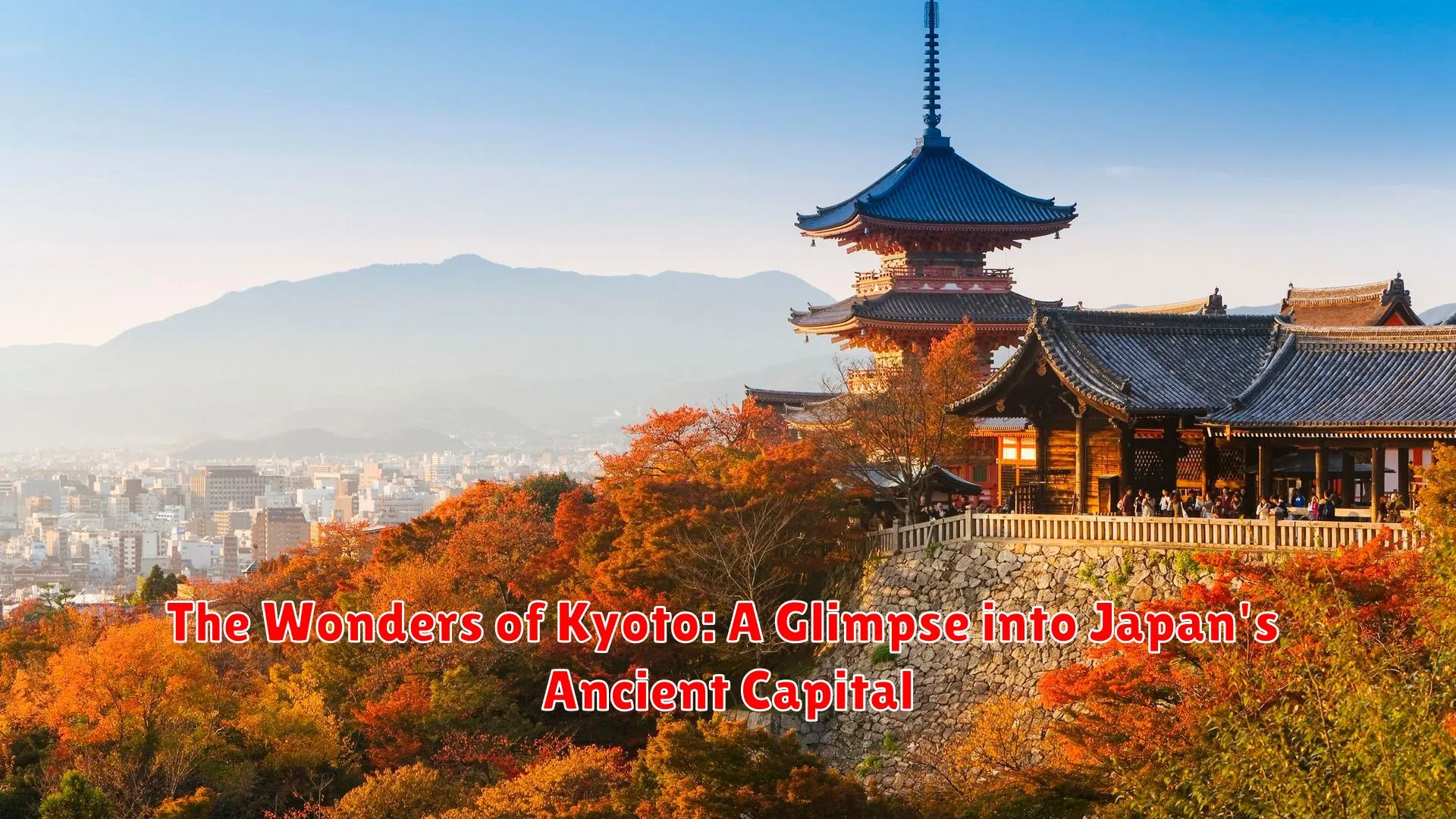Explore the mystical allure of Kyoto, Japan’s ancient capital, where tradition and modernity seamlessly intertwine. Discover the mesmerizing temples, serene bamboo forests, and exquisite cultural heritage that make Kyoto a unique and enchanting destination.
The Timeless Beauty of Temples and Shrines
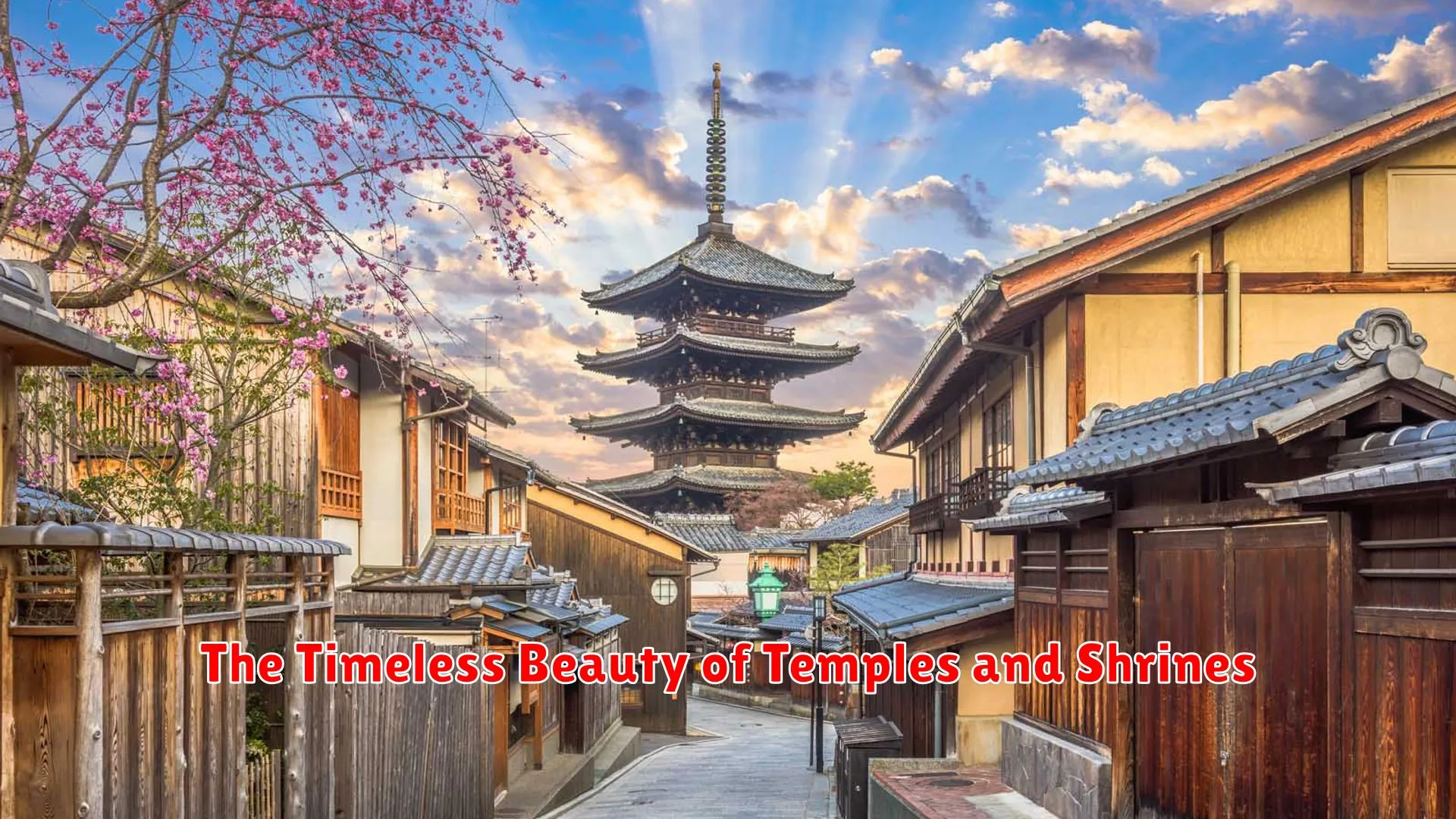
One of the most captivating aspects of Kyoto, Japan’s ancient capital, is its abundance of temples and shrines that exude a sense of timeless beauty. These sacred sites are not just architectural marvels but also hold deep cultural and spiritual significance, making them integral to the city’s heritage and identity.
In Kyoto, visitors are transported back in time as they wander through the meticulously maintained gardens surrounding these temples and shrines. The tranquility and sense of serenity found within these sacred grounds provide a refuge from the bustling city life, allowing travelers to immerse themselves in a world of peace and contemplation.
Each temple and shrine in Kyoto has its own unique charm and beauty. From the stunning architecture of Kinkaku-ji (the Golden Pavilion) to the serene atmosphere of Fushimi Inari Taisha with its iconic thousands of torii gates, there is an endless array of wonders waiting to be discovered by those who venture into these sacred spaces.
The traditional rituals and festivals held at these temples and shrines throughout the year offer visitors a glimpse into Japan’s rich cultural heritage and spiritual practices. Whether it’s witnessing a shinto ceremony or participating in a seasonal festival, every experience allows travelers to deepen their understanding of the traditions that have been passed down through generations.
Strolling Through the Bamboo Forest
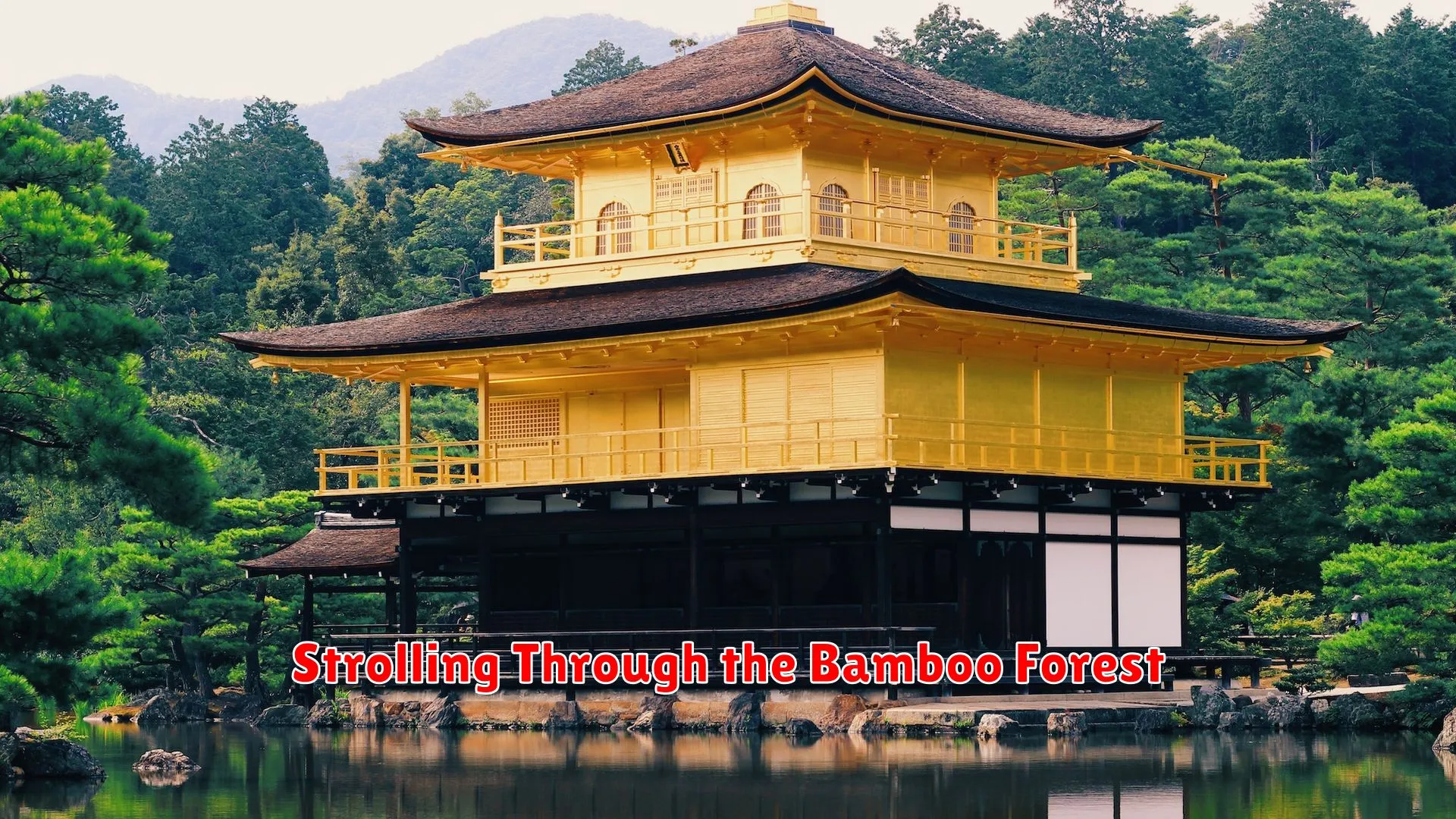
As you explore the enchanting city of Kyoto, be sure to take a leisurely stroll through the serene bamboo forest that is one of the hidden gems of this ancient capital of Japan. The Bamboo Forest, also known as Arashiyama Bamboo Grove, offers visitors a unique experience of walking amidst tall bamboo stalks that create a tranquil and picturesque setting.
Walking along the winding paths under the canopy of lush green bamboo, you will feel a sense of peace and serenity enveloping you. The rustling sound of the bamboo leaves as they sway gently in the breeze adds to the magical atmosphere of this natural wonder.
Take your time to immerse yourself in the beauty of the Bamboo Forest, and don’t forget to capture some moments with your camera as you meander through this captivating landscape. Whether you visit during the day when sunlight filters through the bamboo leaves or in the evening when the forest takes on a mystical aura, each moment spent here is bound to be memorable.
Experiencing Traditional Tea Ceremonies
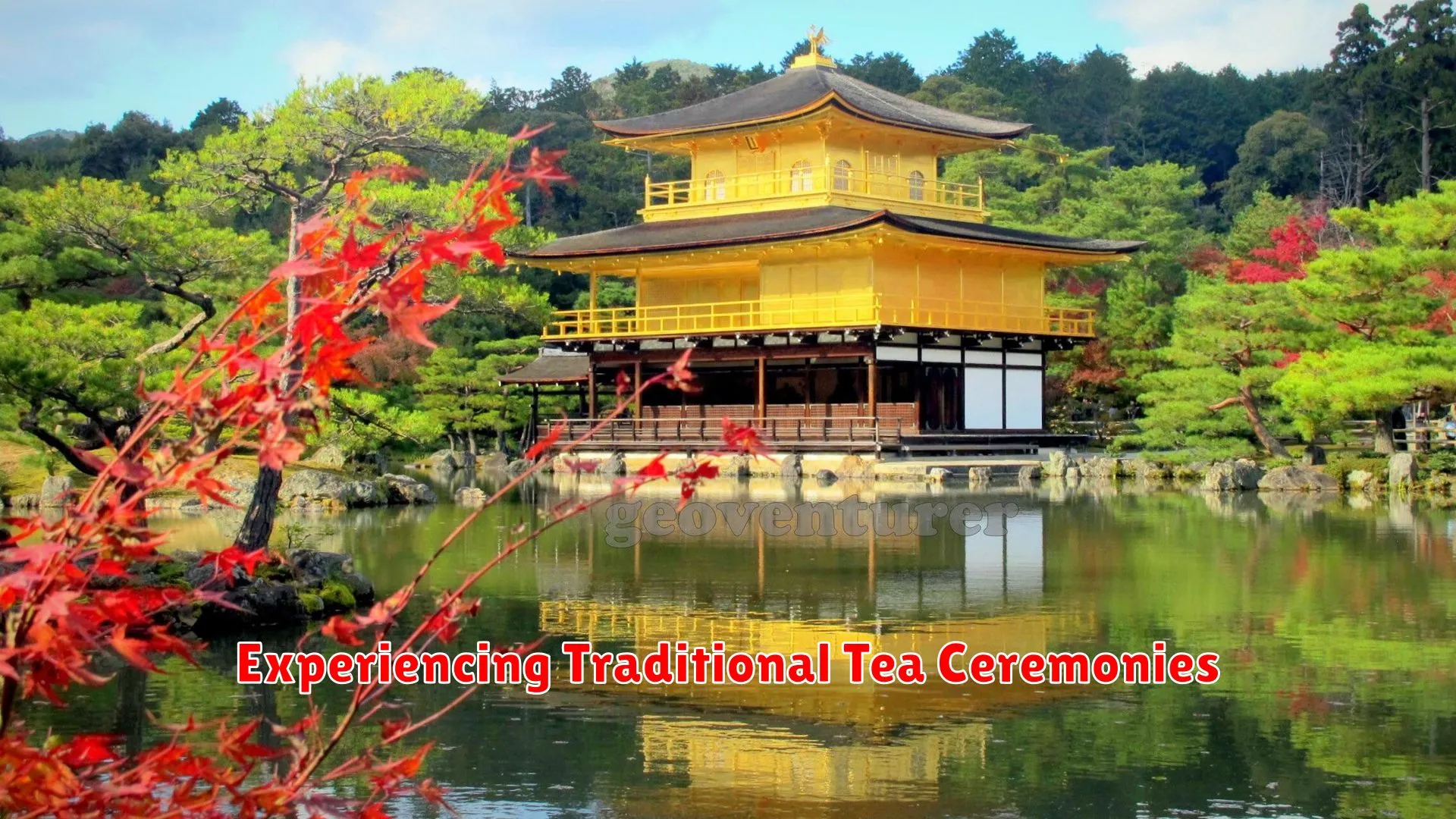
When visiting Kyoto, one of the most cherished experiences that connect travelers to Japan’s rich cultural heritage is participating in traditional tea ceremonies. Known as “chanoyu” or “sado,” these ceremonies showcase the art of preparing and enjoying matcha, a finely ground green tea.
During a tea ceremony, guests are welcomed into a tranquil setting, typically a traditional tea house with tatami mat floors and sliding doors. The ceremony is conducted by a skilled tea master who meticulously performs each step with grace and precision.
Participants in a tea ceremony have the opportunity to gain insights into the principles of harmony, respect, purity, and tranquility, which are integral to Japanese tea culture. Each gesture and movement, from the way the tea is whisked to the method of serving, carries symbolic meaning and reflects centuries-old traditions.
The ambiance during a traditional tea ceremony is serene, with the gentle sound of boiling water and the subtle aroma of matcha filling the air. Guests are encouraged to embrace mindfulness, focusing on the present moment and savoring each sip of the frothy green tea.
In addition to the sensory experience, tea ceremonies offer a glimpse into the intricate rituals and etiquette that govern social interactions in Japan. Guests are expected to show appreciation for the host’s efforts and demonstrate humility and gratitude throughout the ceremony.
Participating in a traditional tea ceremony in Kyoto is not just about drinking tea; it’s a cultural immersion that fosters appreciation for Japan’s profound traditions and values. Whether it’s your first time or you’re a seasoned tea enthusiast, the serene ambience and symbolic gestures of a tea ceremony are sure to leave a lasting impression.
Tips for Exploring Kyoto’s Gardens
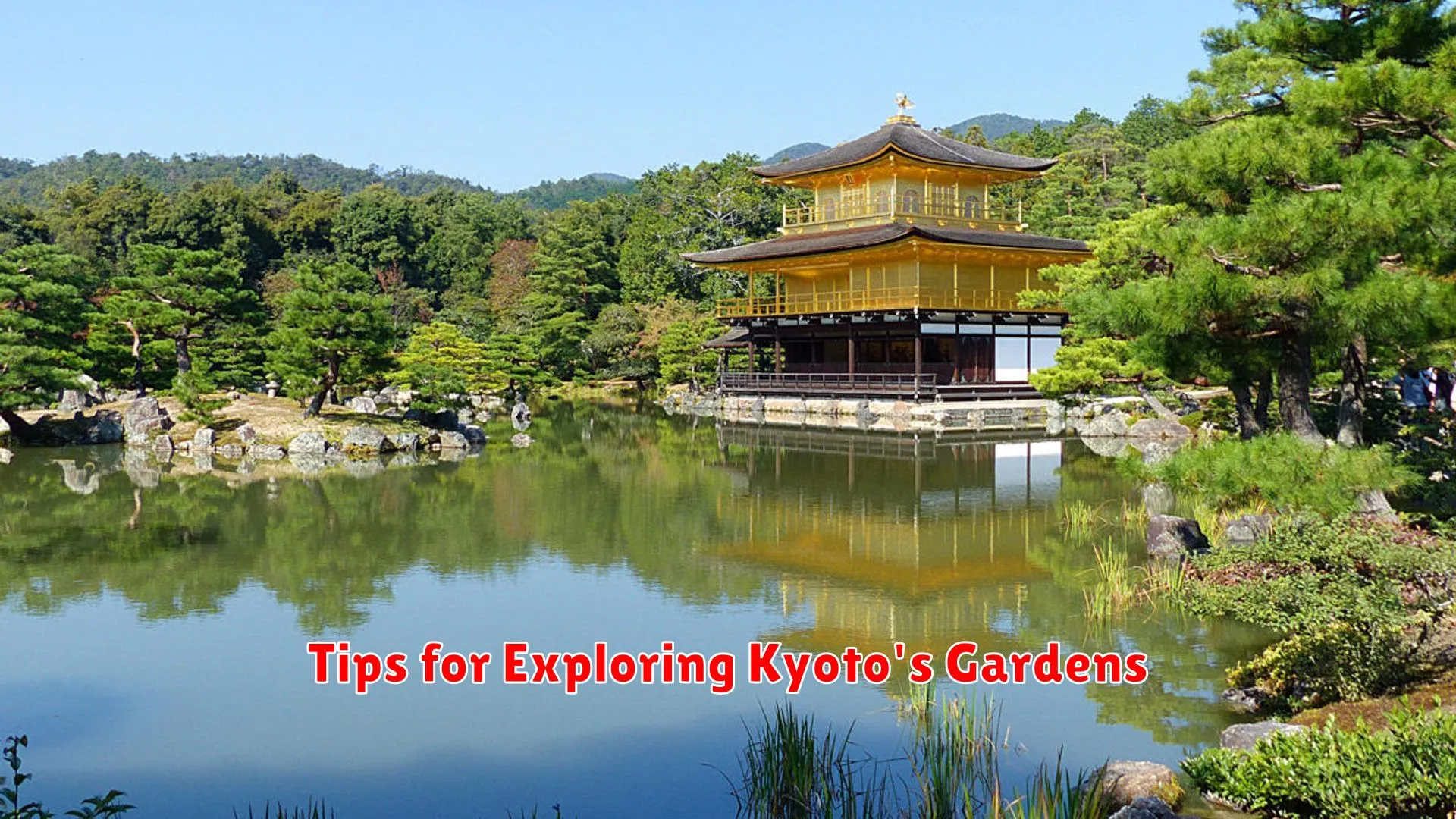
When visiting Kyoto, known for its exquisite gardens that embody the essence of Japanese aesthetics, there are several tips to enhance your experience and fully appreciate the beauty that surrounds you.
1. Research and Plan Ahead
Before setting out to explore Kyoto’s gardens, take some time to research the various options available and choose the ones that align with your interests. Consider the opening hours, entrance fees, and any special events or seasonal blooms that you don’t want to miss.
2. Respect the Environment
As you wander through these serene spaces, remember to be mindful of the environment around you. Follow the rules and guidelines set by the garden authorities, such as refraining from touching the plants or stepping into restricted areas. Respect the tranquility of the gardens and avoid making loud noises.
3. Take Your Time to Appreciate the Details
Slow down your pace and immerse yourself in the beauty of Kyoto’s gardens. Observe the meticulous arrangement of stones, the vibrant colors of the flowers, and the soothing sounds of flowing water. Pay attention to the small details that make each garden unique.
4. Engage with the Culture
While exploring the gardens, take the opportunity to learn about the cultural significance of each element within the space. Engage with the local guides or signage that provides insights into the history and symbolism behind the design of the gardens.
5. Capture Memories Mindfully
While it’s tempting to capture the beauty of Kyoto’s gardens through photographs, remember to do so respectfully. Avoid disrupting the experience of other visitors by taking excessive selfies or using flash photography. Instead, focus on preserving your memories through thoughtful and mindful photography.
Unveiling the Secrets of Geisha Culture
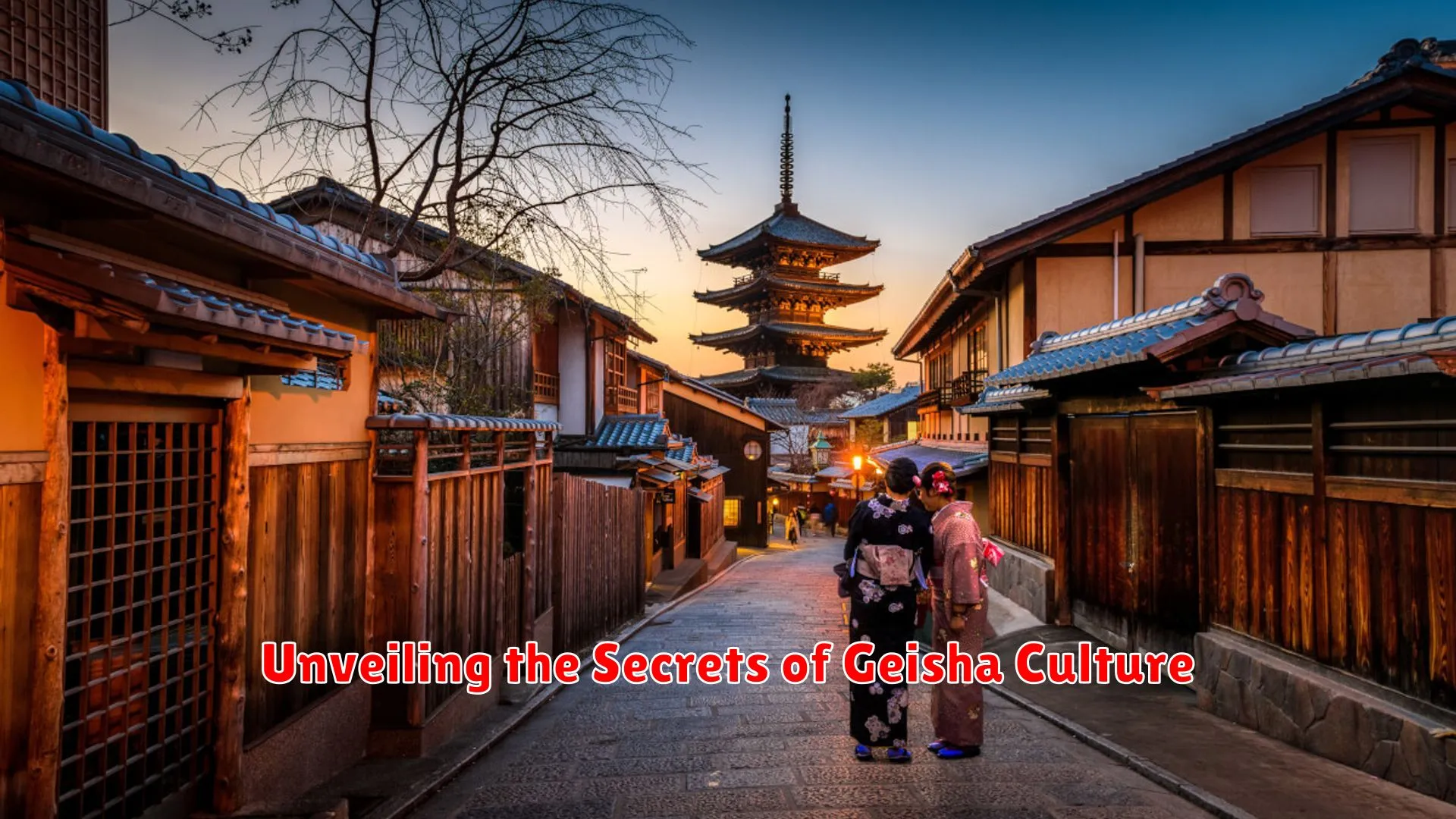
Exploring the enchanting world of Geisha culture in Kyoto provides a fascinating glimpse into Japan’s rich heritage and traditions. Geishas, traditional Japanese female entertainers known for their grace, elegance, and artistry, play a significant role in preserving the essence of ancient Kyoto.
The Geisha Appearance
Geishas are recognized for their distinctive attire, characterized by elegant kimono clothing, intricate hairstyles adorned with ornate hair accessories, and iconic white makeup. Each element of a Geisha’s appearance holds symbolic meaning and reflects the cultural significance of their role in Japanese society.
The Geisha’s Training
Behind the allure of a Geisha lies years of intensive training in traditional arts such as dance, music, tea ceremony, and conversation skills. Young women aspiring to become Geishas undergo rigorous apprenticeships known as “maiko,” where they learn the intricate nuances of the Geisha profession under the guidance of experienced mentors.
The Geisha Performances
Geishas showcase their talents through captivating performances that include traditional dances, musical performances with instruments like shamisen, and engaging conversations with guests. These performances embody the essence of Geisha culture, providing a unique blend of entertainment and cultural preservation.
The Geisha Tea Houses
Visiting a traditional tea house, known as an “ochaya,” offers an authentic experience of Geisha culture. These exclusive establishments provide a venue for guests to interact with Geishas in an intimate setting, enjoying traditional Japanese hospitality, performances, and conversation.
Conclusion
Kyoto, with its rich history and cultural heritage, stands as a captivating window into Japan’s glorious past. Its ancient temples, traditional rituals, and serene landscapes continue to enchant visitors from around the world, making it a timeless destination of wonder and contemplation.

